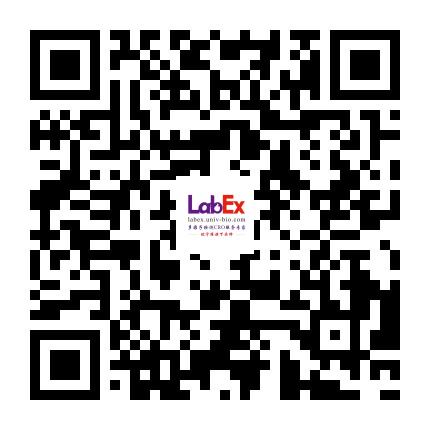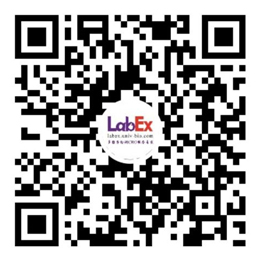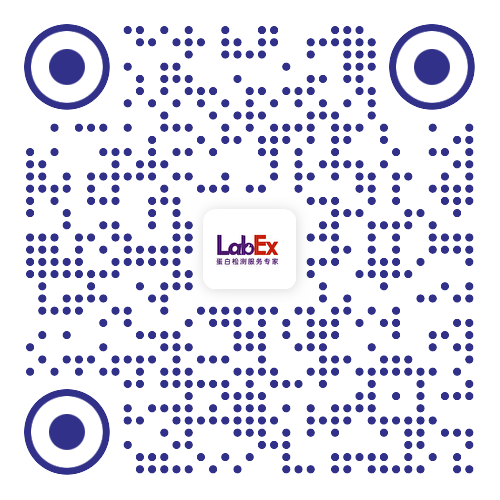Biomarkers of response to camrelizumab combined with apatinib: an analysis from a phase II trial in advanced triple-negative breast cancer patients
Anti-angiogenesis;Biomarker analysis;PD-1 blockade;Triple-negative breast cancer;免疫/炎症;肿瘤;神经科学;代谢/内分泌;心血管;细胞治疗;病毒/微生物- Breast Cancer Res Treat
- 2021
- 3
- 186(3):687-697.
- Human
- Luminex
- 免疫/内分泌
- blood
- 免疫/内分泌
- 乳腺癌
- CD27,CD28,CD137 (4-1BB),GITR,HVEM,BTLA,CD80,CD152 (CTLA4),IDO,LAG-3,PD-1,PD-L1,PD-L2,TIM-3
- doi: 10.1007/s10549-021-06128-4
Abstract
Purpose: We recently reported results of a phase II trial that camrelizumab plus apatinib induced an objective response rate (ORR) at 43.3% in advanced triple-negative breast cancer (TNBC). This study presents analysis of potential biomarkers.
Methods: TILs, CD8+ T cells and PD-1/PD-L1 expression were evaluated in tumor samples by immunohistochemistry. 59 Cytokines/chemokines, growth factors, or checkpoint-related proteins, blood immune cell subpopulations were analyzed in blood samples by multiplexed bead immunoassays or flow cytometry. Correlation between biomarkers and clinical outcomes including ORR, progression-free survival (PFS), and overall survival (OS) was analyzed.
Results: 28 Patients had biopsies and blood collected. Baseline TILs were significantly associated with longer PFS (P = 0.035). An increase of tumor-infiltrating CD8+ T cells > 15% during therapy was associated with higher ORR (P = 0.040). Patients with lower baseline plasma levels of HGF or IL-8 were more likely to respond to treatment (P = 0.005 or 0.001, respectively), and showed a longer PFS and OS. Patients with a decrease of IL-8, or an increase of TIM-3 or CD152 during treatment responded more to treatment (P = 0.008, 0.040, or 0.014, respectively). Responders had a higher baseline CD4+ T cells and B cell proportions in blood than non-responders (P = 0.002 and 0.030, respectively).
Conclusion: Higher baseline TILs or a greater increase of tumor-infiltrating CD8+ T cells during therapy, lower baseline plasma HGF/IL-8, a decrease of plasma IL-8, an increase of plasma TIM-3/CD152 during therapy, higher baseline CD4+ T cells or B cells proportion in blood are potential biomarkers for combinational anti-angiogenesis and immunotherapy in advanced TNBC patients.
Methods: TILs, CD8+ T cells and PD-1/PD-L1 expression were evaluated in tumor samples by immunohistochemistry. 59 Cytokines/chemokines, growth factors, or checkpoint-related proteins, blood immune cell subpopulations were analyzed in blood samples by multiplexed bead immunoassays or flow cytometry. Correlation between biomarkers and clinical outcomes including ORR, progression-free survival (PFS), and overall survival (OS) was analyzed.
Results: 28 Patients had biopsies and blood collected. Baseline TILs were significantly associated with longer PFS (P = 0.035). An increase of tumor-infiltrating CD8+ T cells > 15% during therapy was associated with higher ORR (P = 0.040). Patients with lower baseline plasma levels of HGF or IL-8 were more likely to respond to treatment (P = 0.005 or 0.001, respectively), and showed a longer PFS and OS. Patients with a decrease of IL-8, or an increase of TIM-3 or CD152 during treatment responded more to treatment (P = 0.008, 0.040, or 0.014, respectively). Responders had a higher baseline CD4+ T cells and B cell proportions in blood than non-responders (P = 0.002 and 0.030, respectively).
Conclusion: Higher baseline TILs or a greater increase of tumor-infiltrating CD8+ T cells during therapy, lower baseline plasma HGF/IL-8, a decrease of plasma IL-8, an increase of plasma TIM-3/CD152 during therapy, higher baseline CD4+ T cells or B cells proportion in blood are potential biomarkers for combinational anti-angiogenesis and immunotherapy in advanced TNBC patients.
金课堂之文献解析 文献原文请点击
本网站销售的所有产品及服务均不得用于人类或动物之临床诊断或治疗,仅可用于工业或者科研等非医疗目的。











 沪公网安备31011502400759号
沪公网安备31011502400759号
 营业执照(三证合一)
营业执照(三证合一)


